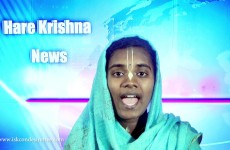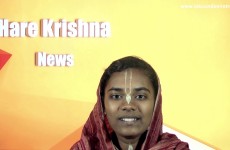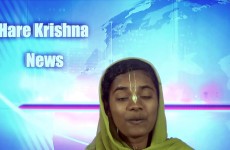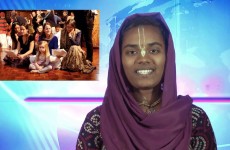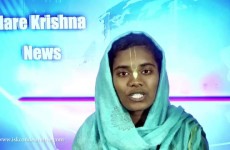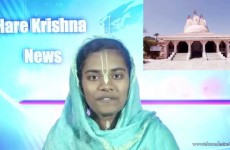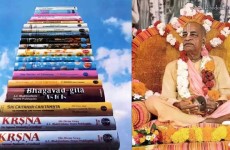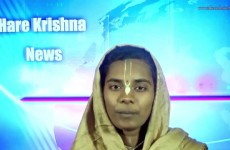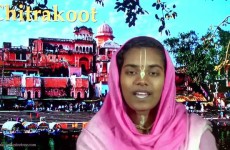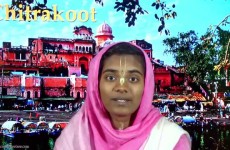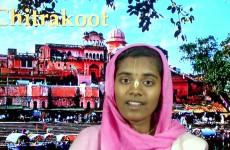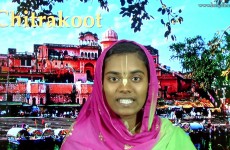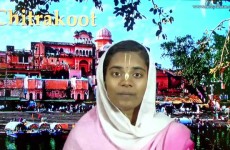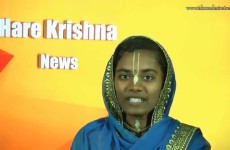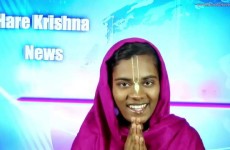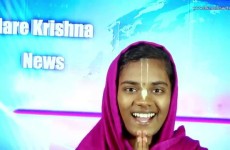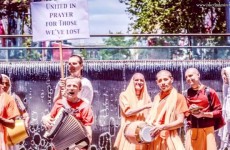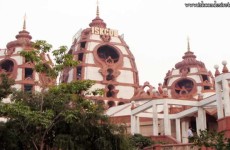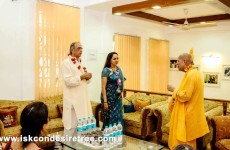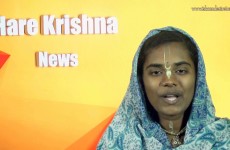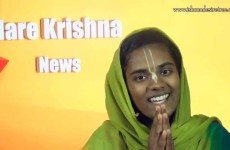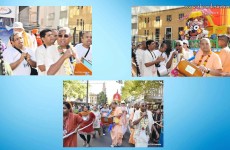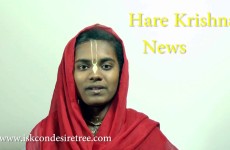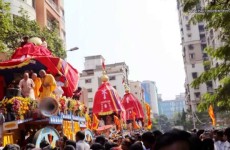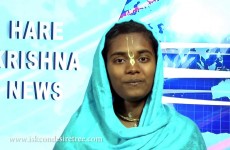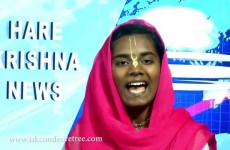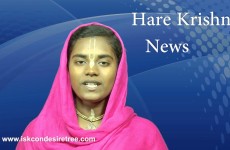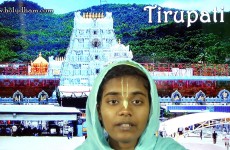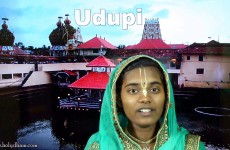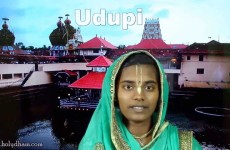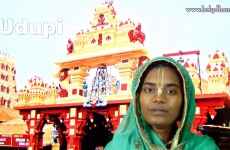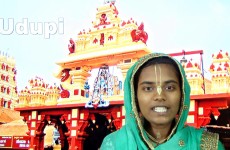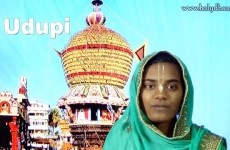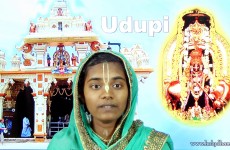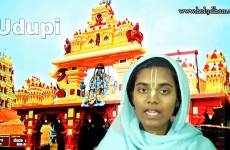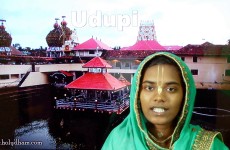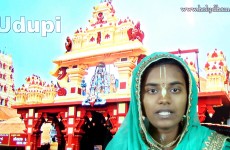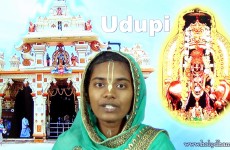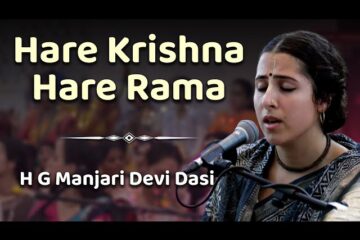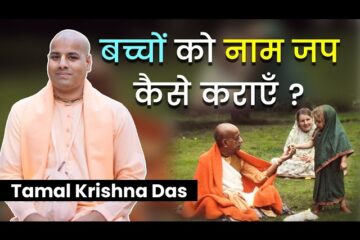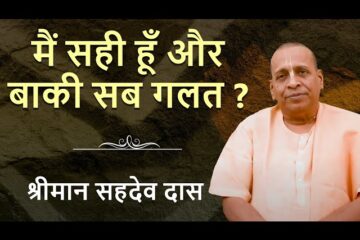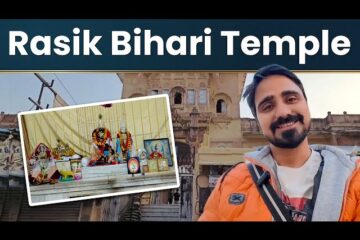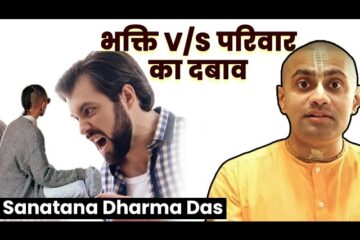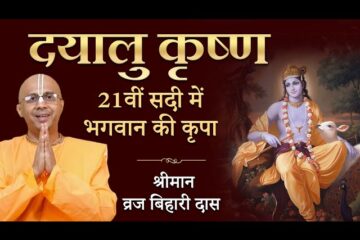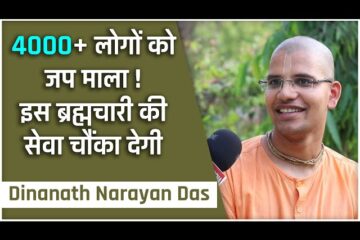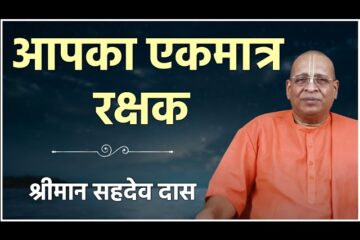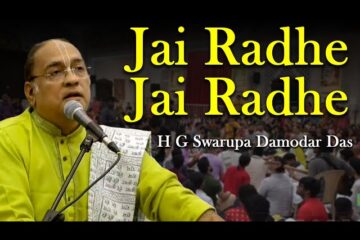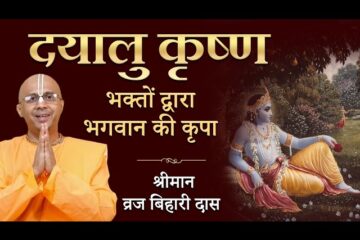Places in Udupi
• Land of Parashuram
Lord Vishnu, in his sixth incarnation as Parashurama, after making twenty one assaults on kings who had deviated from the path of religion, performed a great yajna. Having donated all the land he won, he was left with no land for Himself. Reluctant to stay in the land already gifted, he reclaimed a strip of land from the Arabian Sea. This coastal strip of land, from Gokarna to Kanyakumari is known as Parashurama Kshetra.
Ramabhoja, a great devotee of Lord Parashurama was proclaimed the king of Parashurama Kshetra.lntending to perform a maha yajna, he got the site for the sacrificial fire ploughed up. A serpent got into the plough and got killed. Although the serpent was a demon in disguise, the king was worried, as it was a sin to kill a serpent. To atone this sin, he was directed by Lord Parasurama to build a big silver pedestal with the image of a serpent at each of its four corners and to worship Him who would be seated in spirit on the pedestal and also to distribute gold equal to his own weight (Tulabhara) to deserving persons. Rambhoja did likewise and performed the Ashwamedha Yajna successfully. At its conclusion, Lord Parasurama appeared and declared that he was pleased with the Yajna and that henceforth the sacrificial land ‘Rajatha Peetha’ (silver pedestal) would become a famous centre of pilgrimage. This land is also known as ‘Thoulava’ land because Rambhoja performed ‘Tulabhara’.
• Shri Anantheshwar
In that place Lord Shiva appeared in the form of Linga and occupied the silver pedestal . It was on the request of Lord Shiva that Lord Parashurama also enshrined within the Linga – the form of Lord Anantha also and hence the name Anantheshwara was given to this unique Linga.The king Ramabhoja also built four Durgalayas(Durga temple) and Nagalayas (Subramanya temple) one each in each direction.
The Shri Anantheshwara Temple has been a seat of learning since time immemorial for the study of Veda, Vedanta, Upanishads. It was this place where Shri Madhwacharya obtained lessons from his Guru Shri Achyuthaprekshacharya. The details of Anantheshwara appear in the Shri Skandapurana.
Srila Madhvaacaarya, in the years before he founded the Sri Krishna Matha, was affiliated with the Sri Anantesvara temple. Here he used to hold audiences spellbound with his learned discourses on the science of Krishna consciousness. Within the temple compound he would regularly hold debates with scholars opposed to pure devotion to Lord Krishna as the ultimate end of Vedic knowledge. Madhva never lost a debate. After founding Sri Krishna Matha, Madhva made it the center for all his activities. Tradition still has it, however, that pilgrims go first to Candramaulesvara and offer their respects to Lord Shiva, then to Anantesvara to offer respects to Lord Vishnu, and finally go across the street to Sri Krishna Matha to worship Srila Madhvaacaarya’s original Deity of Lord Bal Krishna, the Supreme Personality of Godhead as a young child.
• Shri Chandramouleeshwara
It is said that Chandra (Moon God) was cursed by Daksha Prajapati. To ward off this curse, Chandra performed penance to Lord shiva on the banks of a holy pond, Chandra pushkarini.Lord Shiva being pleased, appeared and released Chandra off the curse. “This place has since been known a CHANDRAMOULEESHWARA and there is an ancient temple of this name. In Sanskrit, “Udu” means stars and “Pa” means lord. Udupa means lord of stars, which is Moon. Hence the place where Udupa(Chandra)performed penance and obtained grace came to be known as UDUPI.”Since Shiva was worshipped by Chandra, the Lord is known as Chandramouleeshwara. This Shiva shrine is situated opposite to Sri Krishna temple. The Swayambu Linga changes colour thrice during the day — black in the morning, blue at noon and white at night. The temple tank is known as Chandra Pushkarini or Madhwa Sarovar.
To know more, visit – www.holydham.com/udupi-dham/










